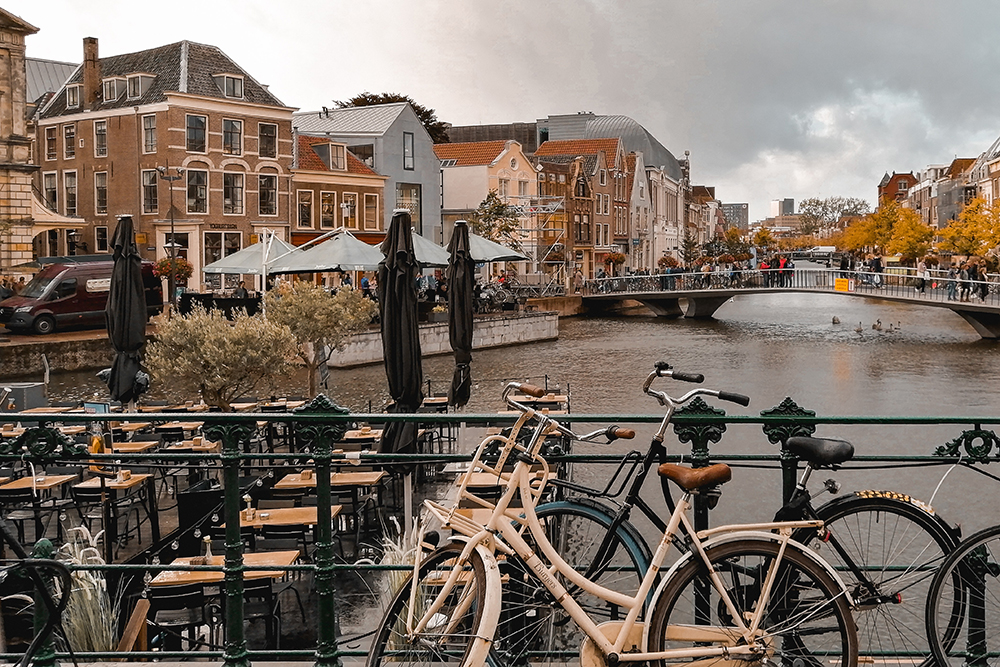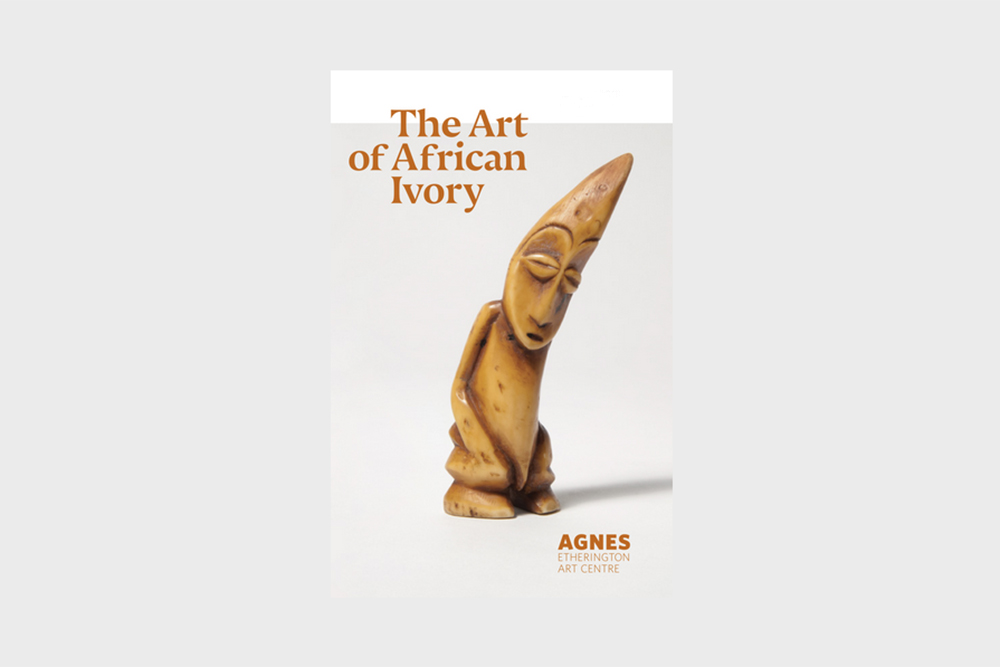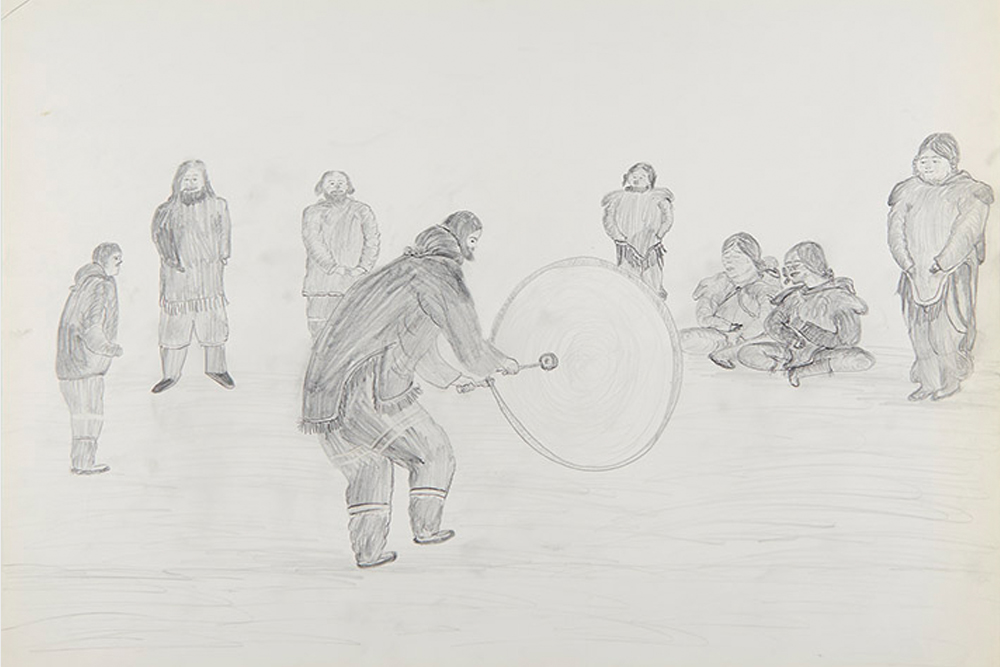See the world from home
April 14, 2020
Share

If you are itching to take a trip, there may be no better time to do so than right now. No need to worry about COVID-19 or going against our efforts to physically distance – you can explore the cultural richness of Europe, Africa, and Canada’s far north from the comfort of your living room with #AGNESFromHome.
“There are few things capable of expanding our horizons in the ways that art can,” says Alicia Boutilier, Interim Director of Agnes Etherington Art Centre at Queen’s University. “Artists energize our imaginations and illuminate our individual experiences and our shared histories. As we maintain physical distancing, we hope you can find a connection to people, past and present, through our online collections and exhibitions.”
Leiden, Netherlands
Setting foot in Leiden is said to be like stepping into the 17th century. Heralded as the “city of discoveries”, the university town has been a science powerhouse for centuries — cultivating any number of groundbreaking researchers — but it is perhaps most notable as the birthplace of legendary painter, Rembrandt van Rijn.
As part of Agnes’ Leiden circa 1630: Rembrandt Emerges exhibition you can take in the vibrancy of the Baroque master’s hometown in this short documentary, and get an up-close look at some of his most memorable works. Visit an interactive map of 17th-century Leiden for a look at the city’s incredible landmarks, and to see where the artist honed his craft and helped nurture the talents of countless pupils.
Afterward, take a deep dive into the free, fully-illustrated digital catalogue (in both English and French) detailing the early careers of Rembrandt and his peers, highlighting the exhibition’s included works, and offering broader context to Leiden’s historical and cultural profile at the time.
These online assets were produced as part of Leiden circa 1630: Rembrandt Emerges, a touring exhibition which debuted at Queen’s University’s Agnes Etherington Art Centre in August 2019 to commemorate the 350th anniversary of Rembrandt’s death. Experience many of the pieces included in the exhibit online by visiting The Bader Collection.
Africa

The world’s second-largest continent boasts rich cultural diversity and an abundance of natural wonder.
As part of #AGNESFromHome, you can learn about the long-running exhibition The Art of African Ivory, which explores how African communities have used ivory to teach morality, convey social standing, heal wounds, safeguard communities, and in commerce.
The use of ivory does carry baggage however, so be prepared to spend some time at the intersection of art preservation and animal conservation. Art curators across the world have the dual responsibility of protecting ‘cultural ivory’ works, while also combating the pursuit of contraband ivory. Past Director of the Smithsonian Institute’s National Museum of African Art, Dr. Johnnetta Betsch Cole, spoke at Queen’s on the matter last fall—discussing historical African ivory art and wildlife conservation in her lecture Displaying Historical Ivory in Museums: Let’s Talk about the Elephant in the Room.
The Art of African Ivory exhibition features a number of pieces from the Agnes’ Justin and Elisabeth Lang Collection of African Art—one of the most comprehensive collections of its kind in Canada, with over 500 works created by primarily west and central African artists. You can view much of the African historical art collection online.
Baffin Island, Canada

The most memorable elements of any journey are the people we meet along the way.
With the Picturing Arctic Modernity: North Baffin Drawings from 1964 exhibition’s online interactive experience, we are introduced to Terry Ryan, an artist and arts advisor who encouraged and collected drawings by Indigenous people in the North Baffin region over three months in 1964. Traveling to three communities that had no formalized art programs—Clyde River (Kanngiqtugaapik), Pond Inlet (Mittimatalik), and Arctic Bay (Ikpiarjuk)—Ryan would distribute paper and pencils to local people at the start of his trips and purchase finished drawings on his way home. Together, the collection of drawings depicts profound perspectives of daily life, history, and memory during a time of profound social change for Inuit communities.
You can now reveal the stories behind the drawings with #AGNESFromHome. A selection of illustrations spanning Inuit identity, land, and history, can be viewed online. Each drawing is accompanied by special video interviews with the artists’ descendants and friends, who provide an intimate connection to the people, events, and themes of the era, while underscoring the importance of cultural heritage to communities today.
To learn more about contemporary and historical media created by Inuit, First Nations, and Métis artists from Turtle Island and across the world, visit the Agnes’ Indigenous Art Collection.